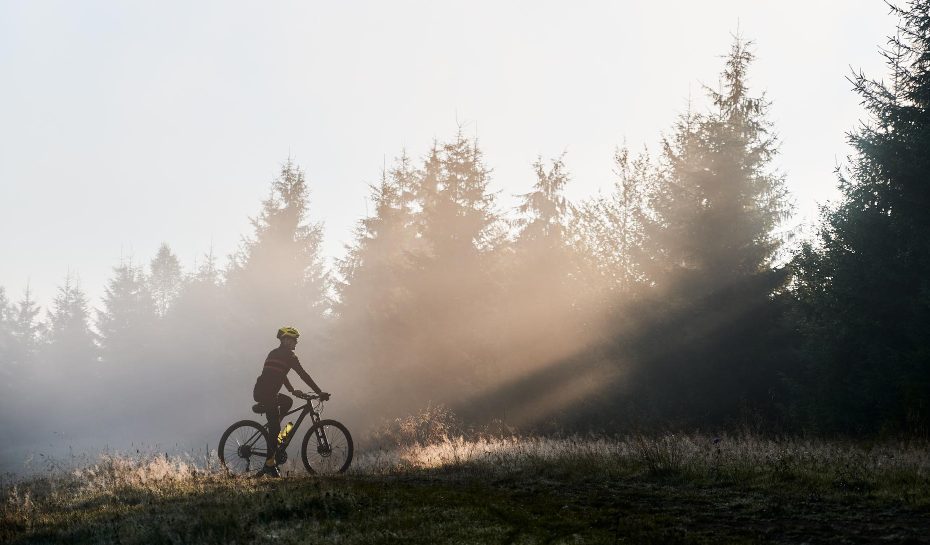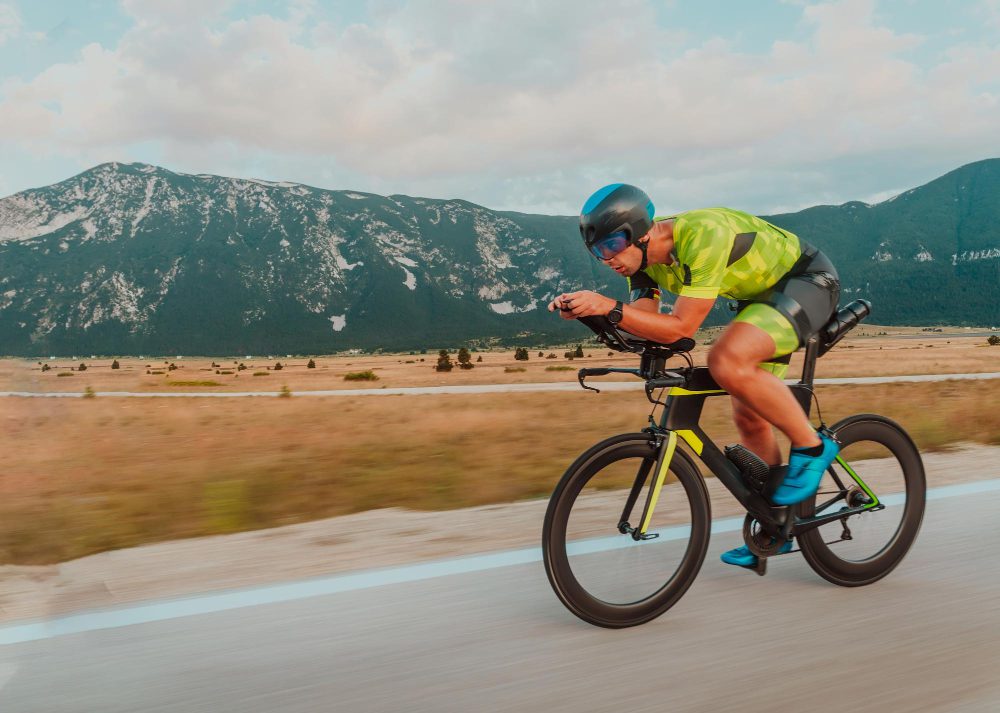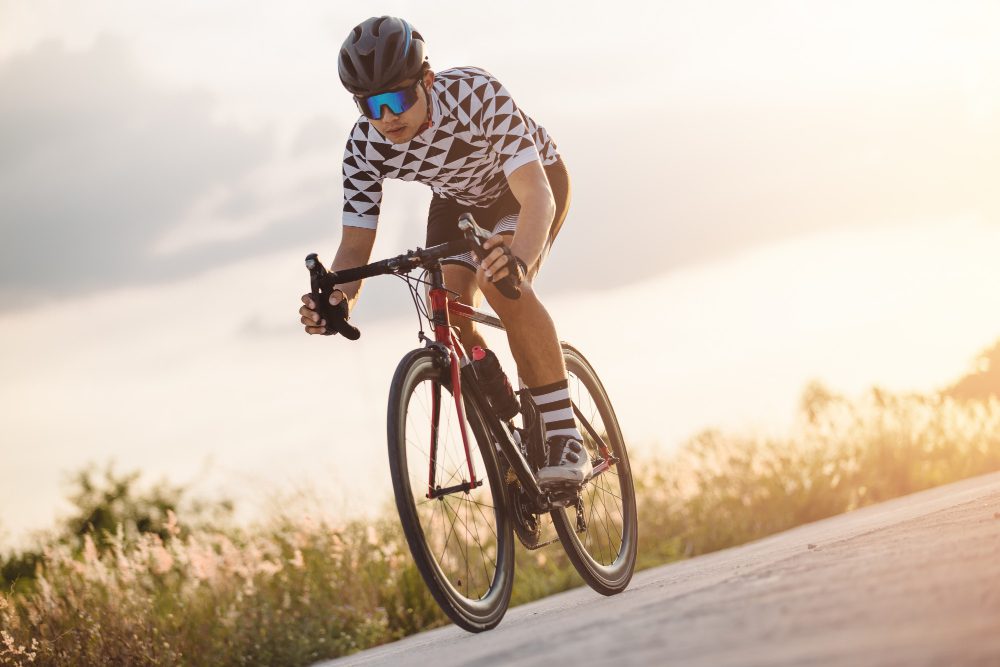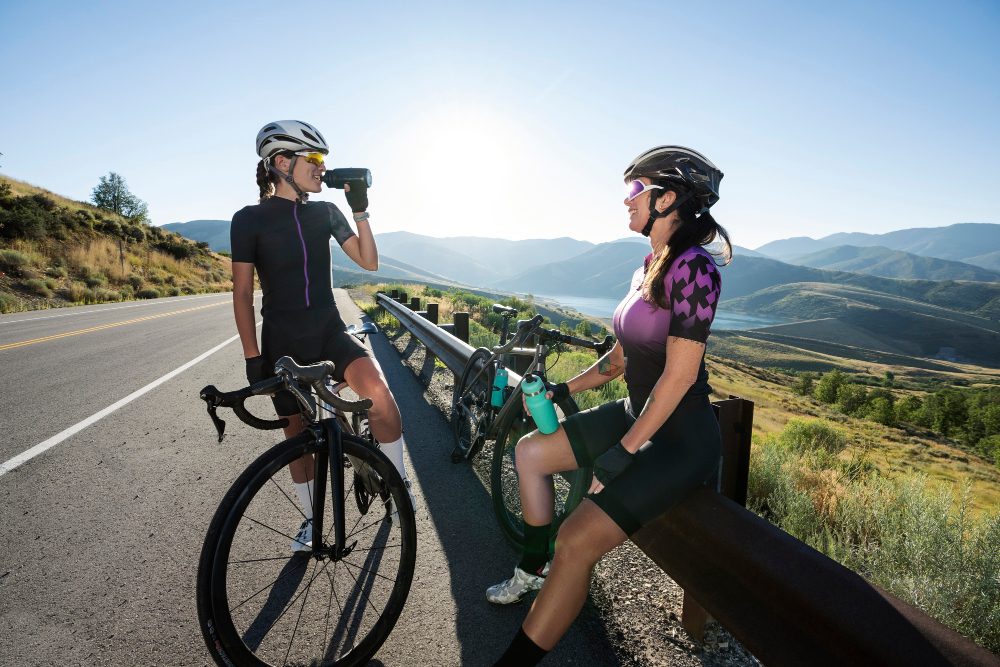Why is my gravel bike slower than my road bike?
If you are an avid cyclist, you may have noticed that your gravel bike tends to be slower than your road bike. This can be frustrating, especially when you push yourself hard but still find it difficult to keep up with your road biking friends. So, why exactly is your gravel bike slower? Let’s explore some of the key factors that contribute to this difference in speed.
Tire Width and Tread
One of the main reasons why your gravel bike is slower than your road bike is because of the differences in tire width and tread. Gravel bikes typically have wider tires with a more aggressive tread pattern compared to the sleek and smooth tires of road bikes. While this makes them ideal for off-road adventures and tackling rough terrain, it also creates more rolling resistance on paved roads. The wider tires increase drag, making it harder to maintain higher speeds on smoother surfaces.
Weight and Frame Design
Another factor that affects the speed of your gravel bike is its weight and frame design. Gravel bikes are generally built to be more durable and able to handle rough conditions, which often means they are heavier than road bikes. The added weight can make it more challenging to accelerate quickly and maintain a consistent high speed. Additionally, the frame geometry of gravel bikes is optimized for stability on uneven surfaces, sacrificing some aerodynamic efficiency that road bikes prioritize.
Gearing and Gear Ratios
The gearing and gear ratios of your gravel bike can also contribute to its slower speed compared to a road bike. Gravel bikes usually come with lower gear ratios to help riders conquer steep climbs and challenging terrain. These lower gears can make it easier to pedal uphill, but they also limit your top-end speed on flat or downhill sections. In contrast, road bikes typically have higher gear ratios optimized for speed on paved roads, allowing for faster and more efficient pedaling.
Riding Position and Handling
The riding position and handling characteristics of gravel bikes also play a role in their slower speed. Gravel bikes are designed to offer a more upright and comfortable riding position, which can be advantageous during long rides or off-road adventures. However, this upright position creates more wind resistance compared to the aerodynamic positions often adopted by road cyclists. Additionally, the wider handlebars and longer wheelbase of gravel bikes can affect their maneuverability and responsiveness, making it harder to maintain high speeds and quickly change direction.
Choosing the Right Bike for the Terrain
“It’s important to remember that both gravel bikes and road bikes are designed with specific purposes in mind. While road bikes excel in speed and efficiency on smooth roads, gravel bikes are built to handle rougher terrains. It’s crucial to choose the right bike for the terrain you’ll be riding on to ensure optimum performance.”
In conclusion, the slower speed of your gravel bike compared to your road bike can be attributed to factors such as tire width and tread, weight and frame design, gearing and gear ratios, as well as riding position and handling characteristics. It’s essential to understand the purpose and design of each type of bike and choose the right one for your intended riding style and terrain. Whether you’re exploring off-road trails or flying down smooth roads, both gravel bikes and road bikes offer unique experiences and advantages.
Can I turn my gravel bike into a road bike?
If you own a gravel bike and find that it is slower than your road bike on paved roads, you may be wondering if there are any modifications you can make to turn it into a faster road bike. The good news is that with a few changes, you can optimize your gravel bike for road riding and improve its speed and performance.
Tires
One of the biggest factors affecting the speed of your gravel bike on the road is the type of tires you use. Gravel bikes typically come equipped with wider, knobby tires that provide stability and traction on unpaved surfaces. To make your bike faster on the road, consider switching to narrower, slick tires. These will reduce rolling resistance and improve your bike’s efficiency on pavement.
Gearing
Gravel bikes often have a wider range of gears compared to road bikes, which is useful for tackling steep off-road climbs. However, this wider range may not be necessary for road cycling. Consider swapping out your cassette for a smaller one with closer gear ratios. This will allow for smoother shifts and more precise control on the road.
Handlebars
Another modification you can make to improve your gravel bike’s performance on the road is changing the handlebars. Gravel bikes typically come with wider handlebars that provide better control on rough terrains. Switching to narrower handlebars will reduce wind resistance and make your bike more aerodynamic, resulting in increased speed.
Saddle
The saddle or seat of your gravel bike may be designed with additional padding for added comfort during long off-road rides. While this is beneficial for gravel riding, it may not be as necessary on the road. Consider swapping your saddle for a sleeker, firmer option that offers better power transfer and reduces unnecessary weight.
Can I keep up with road bikes on a gravel bike?
If you’re an avid cyclist, you may have noticed that your gravel bike seems slower than your road bike. This might leave you wondering if you can keep up with road bikes on your gravel bike. The answer is not a simple yes or no, as it depends on various factors.
1. Terrain
The type of terrain you ride on plays a significant role in how well a gravel bike can keep up with road bikes. Gravel bikes are designed to handle rougher surfaces like gravel tracks, dirt roads, and uneven trails. On these terrains, a gravel bike can outperform a road bike due to its wider tires and more stable frame.
2. Speed
Gravel bikes are generally slower than road bikes when it comes to maintaining high speeds on smooth pavement. Road bikes have a more aerodynamic design and lighter frame, making them better suited for faster rides on flat surfaces. However, if the ride includes sections with rough or unpaved surfaces, a gravel bike can keep up with or even outperform a road bike.
3. Riding Style
Your riding style can also impact your ability to keep up with road bikes on a gravel bike. If you prefer a more aggressive and fast-paced riding style, a road bike might be a better choice. Gravel bikes are typically designed for endurance and comfort, rather than pure speed. Adjusting your riding style to adapt to the capabilities of your gravel bike can help you keep up with road bikes to some extent.
4. Group Dynamics
When riding in a group, your ability to keep up with road bikes on a gravel bike may also depend on the skills and abilities of the other cyclists. If everyone else is on road bikes, it might be more challenging to match their speed on a gravel bike. However, if the group is understanding and adjusts the pace accordingly, you should be able to keep up without much difficulty.
5. Bike Setup
The setup of your gravel bike can also affect its performance. Pay attention to tire choice, tire pressure, and gearing. Opting for tires with smoother treads and higher pressures can help improve rolling resistance on pavement, making your gravel bike faster. Similarly, choosing appropriate gearing options can make it easier to maintain higher speeds.
In conclusion, while gravel bikes may not always match the speed of road bikes on smooth pavement, they excel in handling different terrains and offer versatility for mixed-terrain rides. With the right setup and adjustments to your riding style, you can certainly keep up with road bikes on a gravel bike in many situations.
Conclusion
In summary, while a gravel bike may not be as fast as a dedicated road bike, there are several modifications you can make to improve its performance on paved roads. By switching to narrower tires, adjusting the gearing, changing the handlebars, and optimizing the saddle, you can transform your gravel bike into a speedier road machine. Remember, these modifications are optional and depend on your personal preferences and the type of riding you do. So, go ahead and experiment to find the setup that works best for you!



